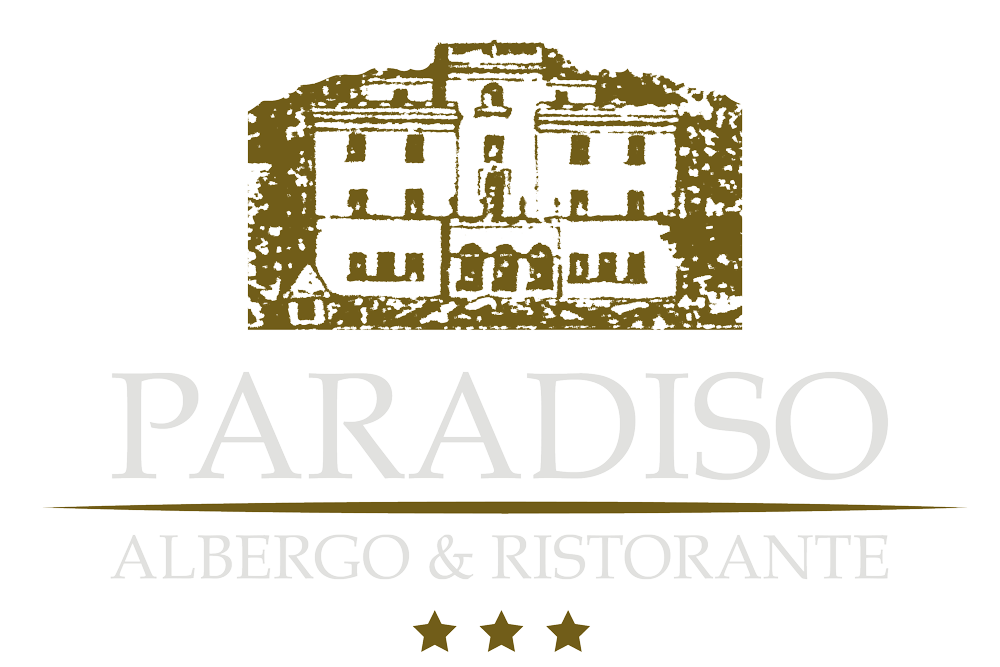Monteluco is fully part of the St Francis Way, a timeless journey through the hermitages, the sanctuaries, the ancient forests and the medieval cities that inspired the love of the Saint of Assisi for nature and all its creatures.
In 1218, in fact, the Saint obtained from the hermit monks of Monteluco the chapel of Santa Caterina, where today stands the Franciscan Sanctuary on the summit of the homonymous mountain, surrounded and almost hidden by a dense thicket of ancient holm oaks.
The church, dedicated to St. Francis and St. Catherine, still retains the tiny cells and the stone used by the saint as a bed. In the 'sacred wood' it is still possible to visit the caves where some saints have stayed.
Many religious retired to the mountain to live the Rule more spiritually: especially the Blessed Francis of Pavia, who died here on August 16, 1454; the Blessed Egidio of Assisi, the Blessed Paoluccio Trinci, San Bernardino of Siena, San Bonaventura, Saint Anthony of Padua. The archbishop of Spoleto Giovanni Maria Mastai-Ferretti, future Pope Pius IX, was part of the fraternity of the Third Franciscan Order of Monteluco.
The Sanctuary is open all year round (9.00 / 12.00 - 15.00 / 18.00).
THE STREET OF FRANCESCO:
The Via di Francesco is an itinerary on foot, by bicycle and on horseback that connects some places that testify to the life and preaching of the Saint of Assisi; a journey of pilgrimage, which intends to revive the Franciscan experience in the lands that the Poverello has trod in his itineraries.
Precisely in the adherence to the story of Francis, the Way finds its plausibility and its charm: the landscapes on which the pilgrim's eye rests are the same ones that have rejoiced the simple heart of Francis; the places of the stage retain the memory of his words and his deeds.
In spite of everything, Umbria has remained the land of Francis, nourished by a spirituality that speaks of love for little things, of respect and gratitude for creation, of generous welcome of the other, whoever he may be.
Walking along the Way of Francis, constitutes an authentic journey of the spirit, which meets the desire of man, even of today's man, to seek in the depths of himself the meaning of his own existence.
The figure of Francis, who hovers in Assisi, the destination of the journey, accompanies in reality throughout the journey, speaking to the mind and heart of the traveler of the possibility of leading daily life in full harmony with the world, with man and with God.
It is an art of precious living, which is the most authentic fruit of the journey to Assisi: a gift that the Umbria of Francis is capable of doing to the pilgrim, as well as to each person who approaches them with an open mind.
INDICATIONS FOR THE JOURNEY OF SAN FRANCESCO THROUGH MONTELUCO:
Via di Francesco - Via del Sud from Rome to Assisi
Stage 10 - From Ceselli to Spoleto
From Ceselli to Spoleto, uphill passing from the Hermitage of Monteluco and walking in the Sacred Grove.
A challenging stage of 17 km of the most beautiful of the Via di San Francesco.
From the narrow and green Valle del Fiume Nera one passes to the sunny Spoleto valley, to reach Spoleto, city of art with its magnificent cathedral, where the autograph letter of Francesco d'Assisi is preserved.
It starts from Ceselli and after crossing the Valley of Pontuglia, begins a long and demanding climb that in about 8 km will lead to the Valico di Castelmonte. In some parts the slope is significant and you must always proceed with a slow and steady pace, enjoying the beauty of the woods and the splendid views of the Valle del Nera.
You cross the alleys of the ghost town of Sensati.
The arrival in the Sacred Wood of Monteluco, where the Hermitage of San Francesco is, is an anticipation of the joy of coming to Assisi. The place is so full of charm that it deserves a pause for reflection, and a visit to the scabre cells of the convent. From here to Spoleto we proceed downhill.
The path is dotted with pretty shrines and numerous hermitages, originally inhabited by Syrian hermits: the Hermitage of San Girolamo, the Hermitage of the Graces, the Church of San Paolo Protoeremita. The descent is sometimes steep on large steps.
At the end, you reach the Ponte delle Torri, which connects the city to its forest, and you almost have a sense of vertigo in crossing it.
At the foot of the Rocca Albornoziana, in a few steps you reach the Cathedral of Spoleto, with its magnificent façade, here one of the very rare autograph letters of San Francesco is preserved.
The city, formerly the capital of the Longobard Duchy, deserves a visit for the rich heritage of art and monuments.
MAPPA DEL PERCORSO

